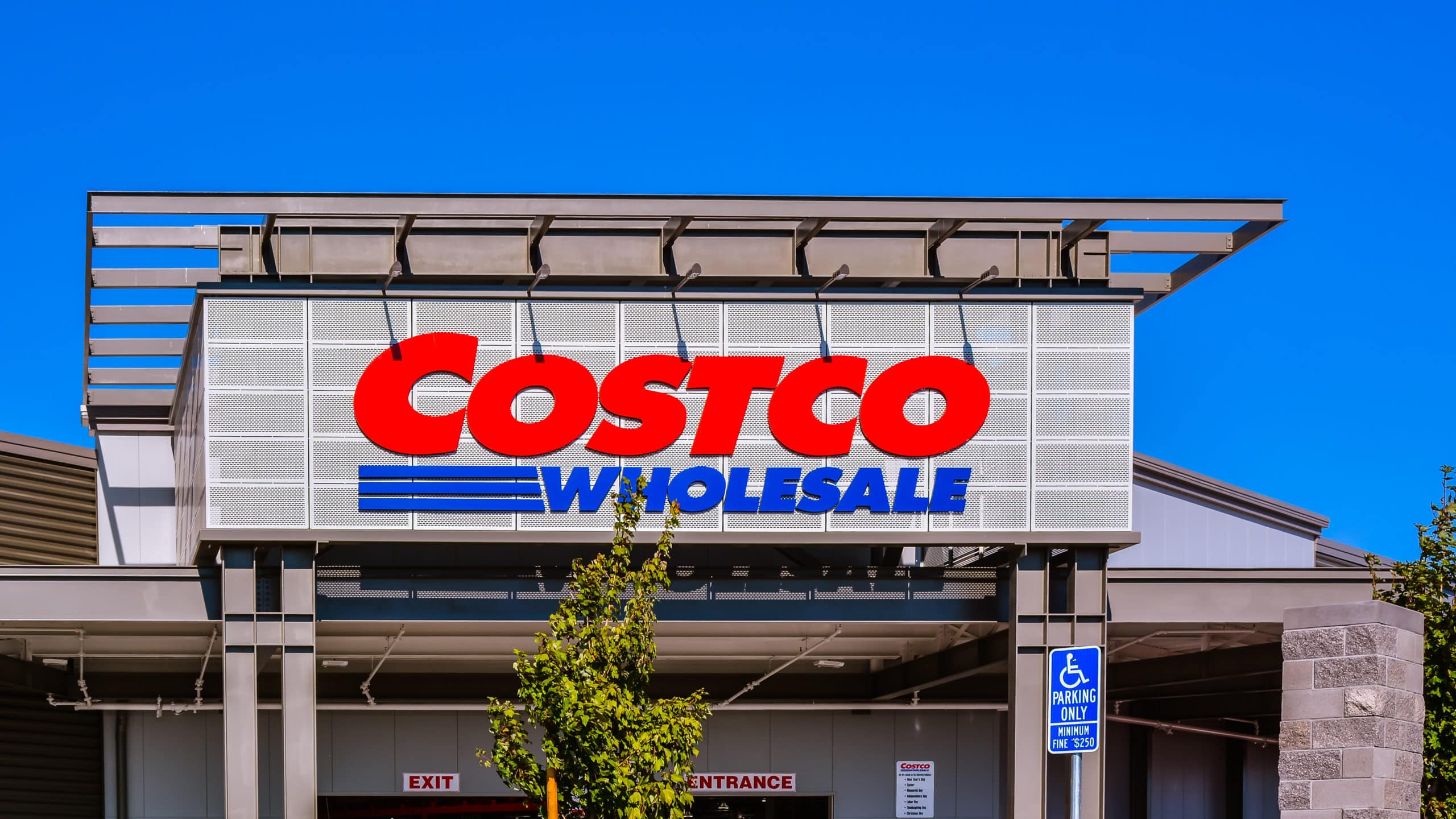As the year winds down and the season of giving takes hold, we wanted to take a moment to revisit charitable gifting.
Whether you’re driven by altruism or the practical tax benefits (or both!), there’s an art to philanthropy that meshes goodwill with strategy.
Here are some considerations to ensure your charitable contributions make the most impact for both the recipients and your personal finances:
Bunch Your Contributions
Following the passing of the Tax Cuts and Jobs Act (TCJA) of 2017, the standard deduction doubled. As a result, only a small fraction of taxpayers now itemize their taxes.
In 2023, the standard deduction is $13,850 for single filers and $27,700 for those married filing jointly. The increase in the standard deduction means that there’s a high wall to get over in order to receive any tax benefit.
Example:
Take a married couple that pays at least $10k in the form of state taxes and/or property taxes.
For them to receive any tax benefit for charitable giving, they first need to donate enough to exceed the standard deduction.
That is, donating at least $17,700 in one year (i.e. $17,700 donation + $10k in state taxes gets them to the itemizing threshold of $27,700).
This is larger $17,700+ donation = ‘bunching‘.
That is, consolidating charitable donations that would be made over several years into one year to surpass the standard deduction threshold.
Establish a Donor Advised Funds (DAFs)
Bunching sounds great in theory.
But what about if you don’t want to donate all those dollars in one year?
This is where Donor Advised Funds (DAFs) come in.
By contributing to a DAF, you can make a charitable donation now, secure an immediate tax deduction, and then recommend grants from the fund over time. This approach allows for thoughtful giving—deciding when and where the funds will have the most impact without the rush.
Charles Schwab (where we custody our clients’ assets) makes opening a DAF incredibly easy.
Donate Appreciated Securities
The real beauty of establishing a DAF is that you’re able to donate appreciated securities.
By doing this, if you’ve held the invested positions for more than a year, not only do you get a deduction for the market value, but you also avoid realizing the capital gains.
It’s a savvy move that amplifies the impact of your gift.
Securities to avoid donating:
- Positions held for < 1yr: Your deduction would be limited to the position’s cost basis.
- Loser Stocks: It’s better to harvest these losses to offset taxable gains and income.
Embrace the QCD (Qualified Charitable Distribution)
If you or a loved one is 70½ years or older with an IRA (and charitably inclined!), the Qualified Charitable Distribution may be your new best friend.
It lets you donate up to $100,000 directly from your IRA to a qualified charity, bypassing your income statement and, therefore, reducing your taxable income.
It’s a win-win: meet your required minimum distribution and give back without the tax sting.
Keep Good Records
Good recordkeeping isn’t just for peace of mind—it’s a necessity.
Whether it’s receipts, acknowledgment letters from charities, or appraisals for donated property, keeping a meticulous record is vital for tax purposes.
Good recordkeeping can make or break your charitable tax deductions.
Some downfalls if you’re unable to prove a donation:
- your deduction will be disallowed
- you’ll owe penalties/interest
- you’ll likely have to file an amended return
- could trigger a deeper audit + increased scrutiny in future
Review Your Company’s Corporate Matching
Many companies offer matching gift programs that can double, sometimes triple, the impact of your donation.
Check your (or your spouse’s) company policy for matching charitable gifts and make your generosity go further.
Vet Your Charities
In an era where every organization can appear worthy, due diligence is key.
Websites like Charity Navigator provide a window into a charity’s financial health, accountability, and transparency.
Before you write that check or transfer those stocks, ensure your chosen charity upholds the standards you expect.
Explore Charitable Lead and Remainder Trusts (for Larger Estates)
These trusts are complex instruments, and their estate tax implications can vary based on individual circumstances. However, here’s a quick/oversimplified summary of each:
Charitable Lead Trusts (CLTs):
A CLT frontloads your donations to charity, with set payments going out to qualified 501(c)3s over a number of years (often 10-20yrs, but can be shorter/longer).
CLTs can potentially reduce your estate taxes since the donation is taken out of your estate. After the charity’s term ends, the remaining assets pass to the stated heirs.
It’s a forward-thinking way to give to charity now and still pass on wealth to family later.
Charitable Remainder Trusts (CRTs):
With CRT, you transfer assets into the trust and receive income for life or a set number of years, reducing your taxable estate and deferring capital gains tax.
When the income period ends, the remainder balance of trust assets go to the charity, ensuring your legacy of giving continues.
It’s like creating a pension for yourself and a future gift for charity at the same time.
Engage Your Family
Philanthropy can be a family affair. Engaging your loved ones in the process can instill values, continue legacies, and amplify the joy of giving. It’s also an excellent opportunity to educate younger generations on wealth management and the importance of giving back.
Involving young children in charitable giving is a great way to instill a sense of compassion and social responsibility early on. In addition to family discussions, consider creating a “giving jar” where children contribute a portion of their allowance towards a collective family donation.
Final Thoughts
Remember, effective giving is not just about being generous—it’s also about being wise.
As you consider your end-of-year philanthropy, reflect on these tenets and be in touch with any questions so we can maximize the overall impact of your generosity



